Last updated on June 20th, 2025 at 04:51 pm
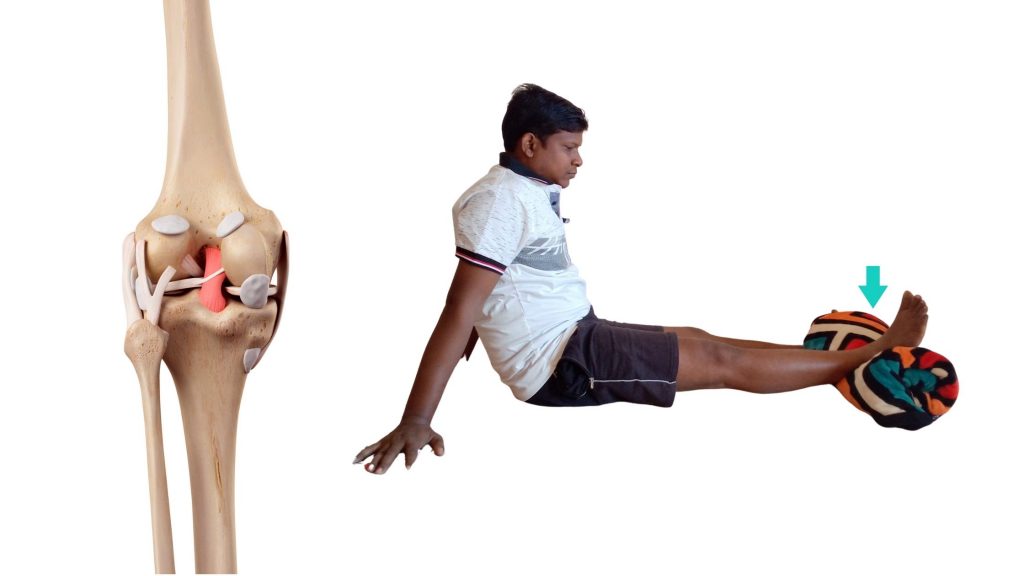
If you have suffered a knee ligament injury, you may be able to treat it with exercises if it is not too severe. This type of injury is common among athletes like football or hockey players, but it can happen to anyone.
For example, you may twist your knee while jogging or take a wrong step while climbing stairs.
However, there is no need to worry if your injury is at stage 1 or stage 2, as you can manage it with some simple exercises. If your injury is severe, surgery may be recommended by your surgeon.
In this case, after the surgery, you must follow a dedicated exercise routine as suggested by your doctor. For minor ligament injuries, follow these effective exercises.
- How to Heal a Knee Ligament Injury Naturally
- Strengthening Exercises for a Torn Knee Ligament
- Knee Range of Motion Exercises to Regain Flexibility
- Weight-Bearing Exercises for Knee Ligament Recovery
- What to Do Immediately After a Knee Ligament Injury (RICE Method)
- Best Supplements to Speed Up Knee Ligament Healing
How to Heal a Knee Ligament Injury Naturally
Our knee is a complex joint composed of several knee ligaments that provide stability during everyday activities such as standing, walking, and running.
The medial collateral ligament and lateral collateral ligament, located on the medial and lateral sides of the knee, respectively, are two main ligaments.
Additionally, there are two cruciate ligaments, the anterior cruciate ligament and the posterior cruciate ligament, located inside the knee.
The meniscus is also present, which is a piece of cartilage between two articulating surfaces of the knee and is frequently injured in athletes.
If the injury severity is below grade 1 or grade 2, we can manage it with exercise.
The primary goal of knee ligament injury exercises is to strengthen the muscles surrounding the knee and maintain the knee’s range of motion. Therefore, let us begin with strengthening exercises.
Strengthening Exercises for a Torn Knee Ligament
Static Quadriceps Exercise for Knee Stability
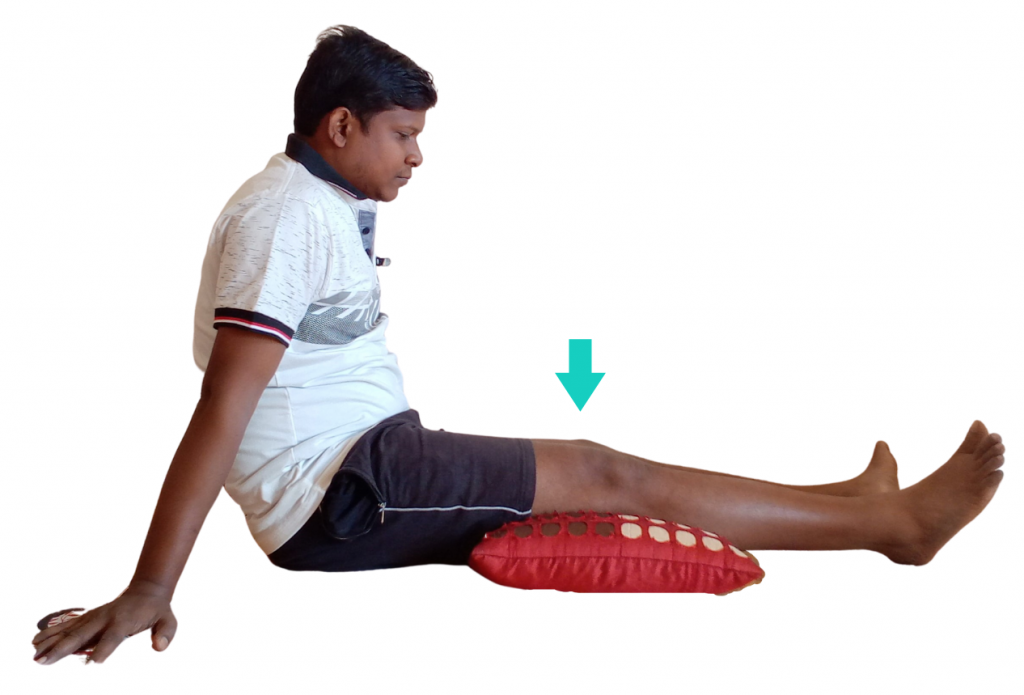
The first exercise in the list of knee ligament injury treatment exercises is called the static quadriceps exercise. This exercise mainly targets the quadriceps muscles, which are located on the front side of our thigh.
This exercise is simple to perform and can be done at home without any special equipment.
- To perform this exercise, first, come to a long sitting position and try to sit straight. Place a thick pillow or cushion under the knee that needs to be exercised. You may keep the other knee bent to your comfort.
- Next, press the pillow or cushion with the knee and hold it for 5 seconds. It’s best to count 1, 2, 3, 4, 5 while holding the pressure. Then relax and release the pressure.
- Repeat this process, pressing the pillow or cushion with the knee and counting 1, 2, 3, 4, 5, and then relaxing as many times as possible.
- A minimum of 25 to 30 times in a single session is recommended.
There is no specific routine or timing for this exercise, so you can do it whenever you have free time at home. However, it’s recommended to do it a minimum of two to three times a day.
To make the static quadriceps exercise more effective, you can also use a towel or a bedsheet roll.
Also Read: When can I run after ACL surgery? 5 Criteria before getting back to field
Ankle Press Exercise to Prevent Knee Stiffness
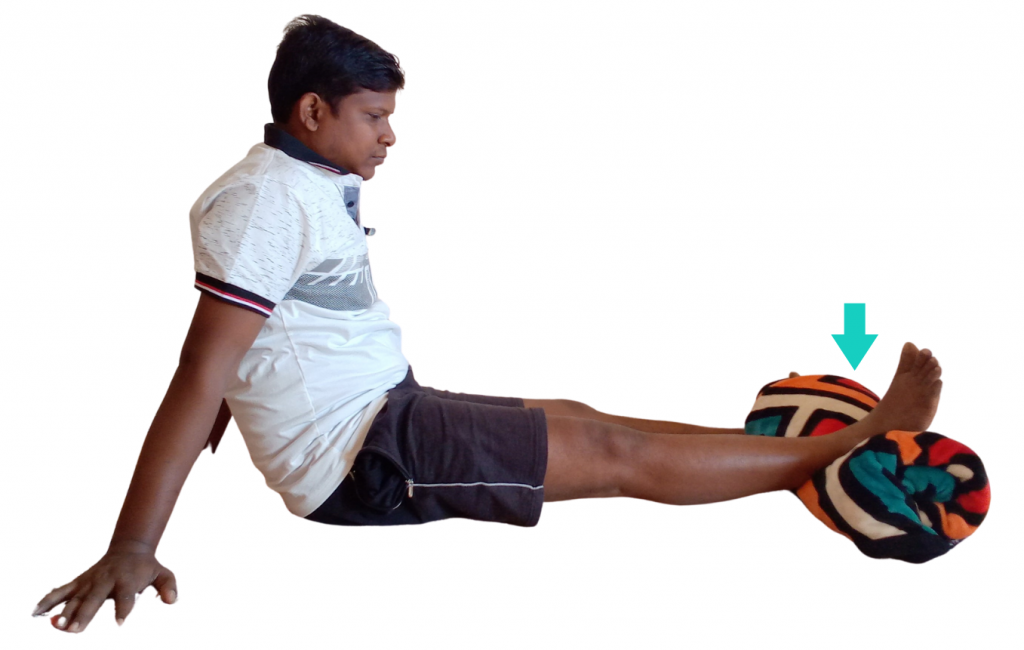
The next exercise is the ankle press, which is a simple but effective exercise to prevent the contracture of the knee flexor muscles.
The knee flexors are a group of muscles located at the back of the knee, and their stiffness can lead to knee flexion contracture. Therefore, it is essential to perform this exercise regularly to maintain the flexibility of your knee muscles.
- You must first come to a long sitting position to perform the ankle press.
- Then, take two pillows, one over the other, or you can use a bolster instead, which is a bit cylindrical. Place the pillows or bolster on the floor and keep your ankle over them. Make sure to maintain your knee in a completely straight position.
- Once you are in the correct position, press your ankle downwards into the pillow or bolster. Hold the position for five seconds and count 1 to 5. After that, relax and release the pressure.
- Repeat this exercise. Try to repeat this exercise as many times as possible in one session, and you must do it at least two to three times a day.
Remember to perform the ankle press regularly and consistently to maintain the flexibility of your knee muscles. It is a simple exercise that can be easily incorporated into your daily routine, and it can help you prevent knee problems in the long run.
Knee extension exercise
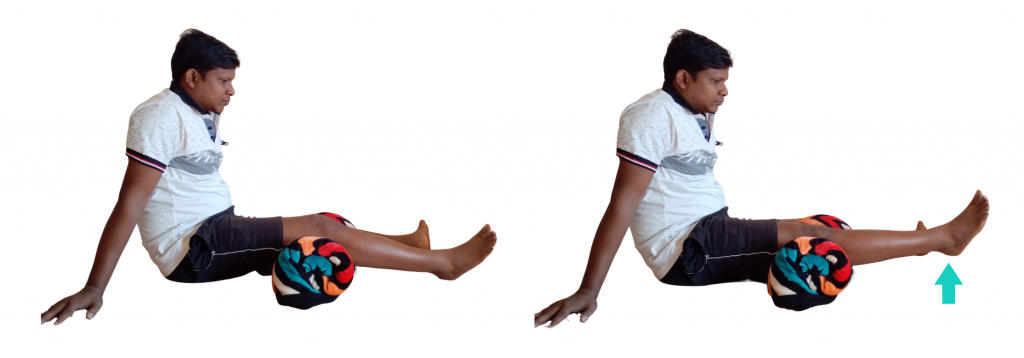
The next exercise involves using a thick pillow or bolster to support your knee.
- To begin, place the pillow under your knee so that it is slightly bent.
- Then, slowly straighten your leg as shown in the figure and hold it in this position for 5 seconds.
- Repeat this exercise as often as possible, ideally during downtime while watching TV at home.
Doing this exercise before bedtime or during the evening hours is also recommended. The more you do it, the better it will be for your knee health, but it is important to aim for a minimum of two to three times per day to see results.
Straight Leg Raises to Rebuild Quad Strength
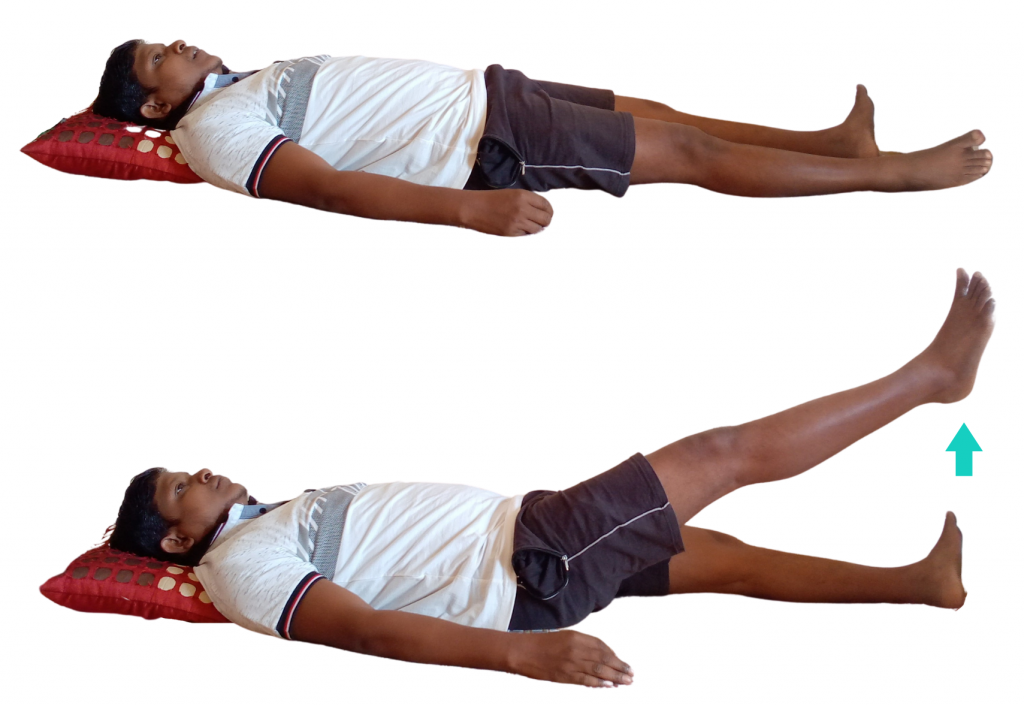
The straight leg raise exercise is a simple yet effective way to strengthen your quadriceps muscles.
- To perform this exercise, you can lie down on your back with your arms by your sides. Make sure your legs are straight and together.
- Next, bend one knee while keeping the other leg straight. Slowly lift the straight leg towards the ceiling, making sure not to bend your knee. Lift your leg until it reaches a 30-degree angle with the floor.
- Hold your leg in this position for a count of five seconds.
- After holding your leg up for five seconds, slowly lower it back down to the starting position.
- Repeat this movement 15 to 20 times for one set. You can perform two to three daily sets to strengthen your quadriceps muscles.
Also Read: 5 Effective Ankle Sprain Exercise and other Tips
Knee Range of Motion Exercises to Regain Flexibility
Our next knee ligament injury treatment exercises are a range of motion exercises. These exercises are aimed at regaining the lost joint motion through various exercises. So, let us start with the ankle-foot-toe movement.
Ankle-Toe Movements to Improve Blood Flow and Reduce Stiffness
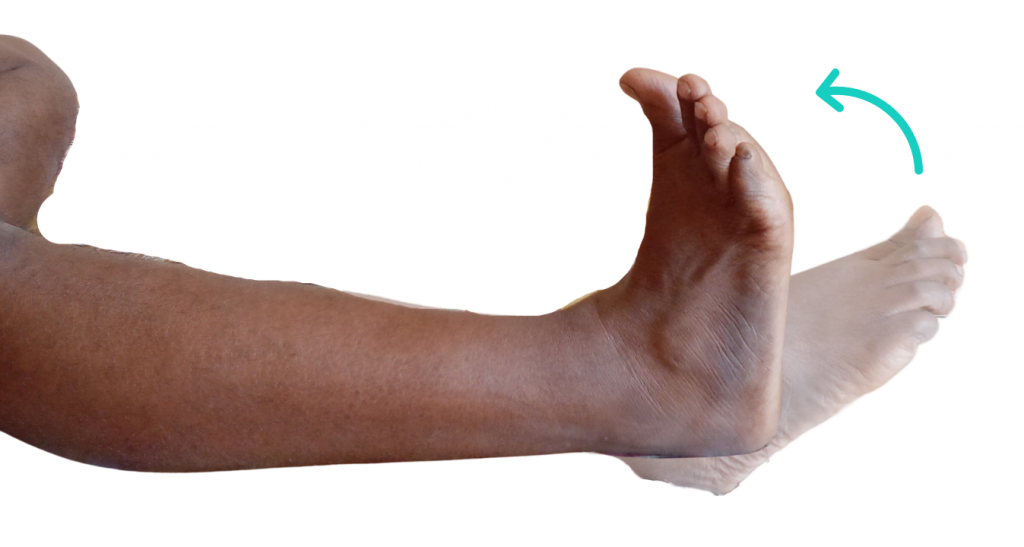
- To perform ankle-foot-toe movement exercise, sit on the edge of a chair with your feet flat on the floor.
- Begin by pointing your toes downward, or plantar flexion, in a slow and controlled manner.
- Hold this position briefly before flexing your feet upward, or dorsiflexion.
- Repeat this movement by pointing your toes downward again, followed by flexing your feet upward. This completes one repetition.
- It is recommended to perform at least 10 repetitions of this exercise, 2-3 times a day. This exercise helps to improve the flexibility and strength of the muscles in your feet, ankles and toes.
Seated Knee Bending to Reduce Stiffness
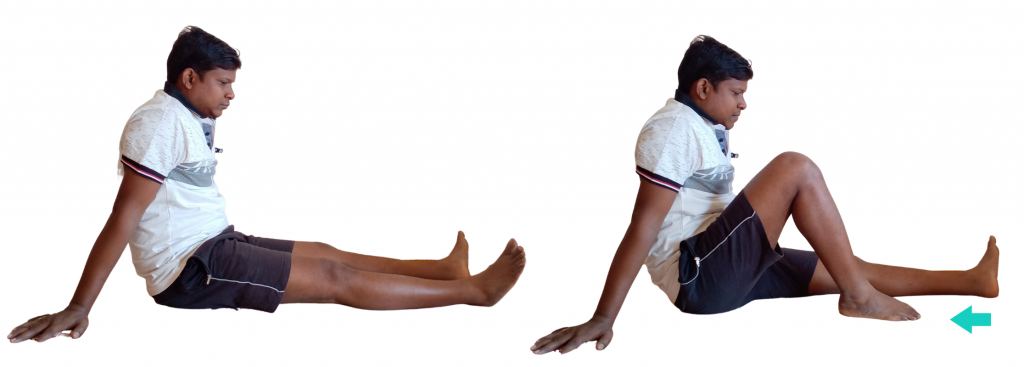
After a ligament injury, knee stiffness is quite common and can be prevented by doing a range of motion exercise. This exercise is quite easy to perform and can be done by following the steps outlined below:
- Find a comfortable place to sit down and stretch out your legs in front of you. Make sure your back is straight and your feet are flat on the ground.
- Slowly pull the injured leg towards your body, bending the knee as far as you can without causing too much pain. Stop when you feel a little stretch with some discomfort.
- Hold your knee in this position for a few seconds and then slowly straighten it back out to a fully extended position. While doing this, keep in mind that you have to slide the ankle of the bend, do not lift it.
- Repeat this exercise by bending and straightening your knee. There is no particular number of repetitions that you have to do. Do it 20, 25 or 30 times as many times as you can.
- Doing this exercise two to three times a day is recommended to help improve your range of motion and prevent stiffness.
Prone Knee Flexion for Advanced Flexibility
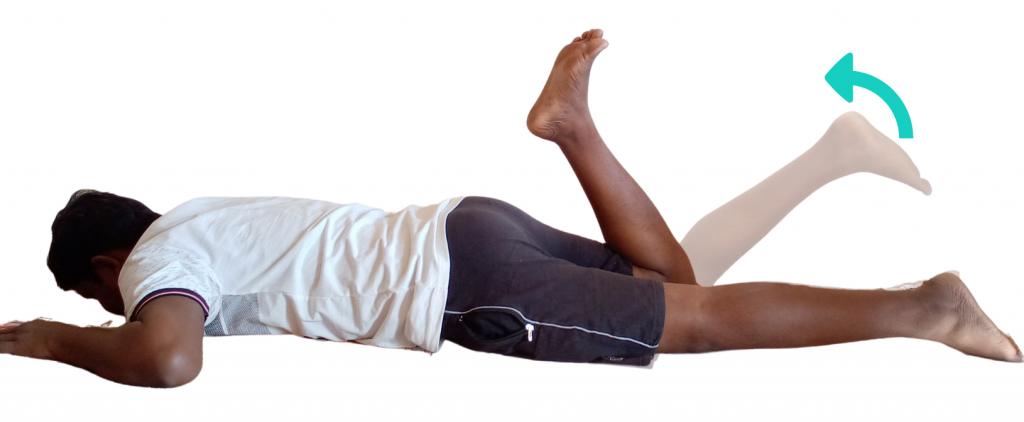
- To perform this knee range of motion exercise, you can lie down on your stomach with your hands placed on either side of your body.
- Next, slowly bend your knee as far as you can without experiencing any discomfort. You may not be able to bend your knee completely, and that’s okay.
- As you bend your knee, try to hold the position for a few seconds before releasing it back to the starting position.
- Repeat this exercise a few times, and remember to breathe deeply and slowly throughout.
Weight-Bearing Exercises for Knee Ligament Recovery
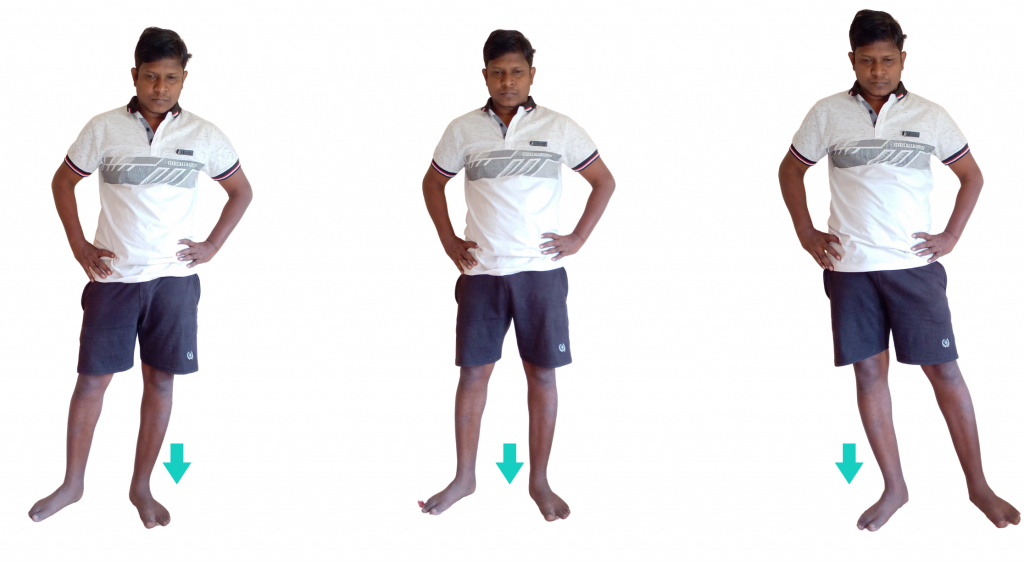
One of the exercises that can be helpful for knee ligament injury treatment is weight-bearing exercises. These exercises involve transferring the weight to the injured knee, which helps to improve its strength and stability.
- To begin the exercise, stand up straight with your feet shoulder-width apart. If one knee is injured, try to bear all your weight on the normal leg and keep the injured leg slightly off the ground.
- Next, shift your body weight to the side with the injured knee. As you do this, transfer your weight onto the injured leg and try to keep your balance.
- Hold this position for a second, then shift your weight back to the other side onto your normal leg.
- Repeat this movement back and forth, trying not to lose your balance. It’s important to stand up in a safe area, like near a bed or a wall, in case you need some support.
- Performing this exercise for around 8-10 days is recommended, gradually increasing the duration and frequency as you feel more comfortable.
With regular practice, this exercise can help improve your ability to bear weight on your injured knee, which is crucial for daily activities like walking and standing.
What to Do Immediately After a Knee Ligament Injury (RICE Method)
Whenever you get injured, we recommend that you don’t start exercising immediately after the injury. You should take rest for the first two to three days.
During this rest period, we have a RICE formula that you should follow. R stands for Rest, I stands for Ice, C stands for Compression, and E stands for Elevation.
Therefore, take rest for two to three days, apply ice, avoid hot packs, and use compression and elevation as necessary.
Ice: Apply icing around your knees or on the knee where you have pain, or you may use an ice gel pack. You can also use ice cubes from the freezer at home, wrap them in a handkerchief, and apply them this way.
Compression: You should use a knee cap or knee braces, etc. The kneecap helps to compress and prevent the knee from swelling. The ice also prevents swelling and promotes healing.
For compression (the C in RICE), use a stabilizing brace like the Bauerfeind GenuTrain during early recovery. Its silicone patella pad reduces strain on ligaments.
- ENSURE CORRECT FIT AND SIZING: With your knee slightly bent, use the center of the kneecap as your starting point and me…
- EXTRA SUPPORT FOR ADDED STABILITY OF THE KNEE: The GenuTrain S delivers medical-grade compression to promote circulation…
- USED TO HELP TREAT & HELP PREVENT: advanced arthritis, Rheumatoid arthritis, bone on bone arthritis, Medial collateral l…

Elevation: Now, the final one is E, i.e. elevation. Elevation means you have to raise the leg. For this, use two layers of the pillow so as to achieve sufficient elevation. You can even go to sleep with this arrangement. When going to bed, make use of 2 to 3 pillows or whatever else is convenient and keep your legs elevated to about 30 degrees.
What will happen with this? When you have an injury, the chances of swelling increase with an injury around the knee, ankle, and foot. It’s very useful in preventing swelling around it.
During this rest period, as I mentioned earlier, you can do quadriceps exercises or static quadriceps exercises, to be specific.
Best Supplements to Speed Up Knee Ligament Healing
Our body has a healing mechanism that continuously works to heal the injured ligament. Exercises improve the blood circulation around the knee joint, which promotes the healing process.
However, we recommend external supplements to speed up the healing process.
- SUPPORTS COLLAGEN PRODUCTION: Formulated with Vitamin C to aid the body’s natural collagen synthesis
- SUPPORTS SKIN HYDRATION: Features collagen with hyaluronic acid to improve skin hydration
- HIGH BIOAVAILABILITY: Our Vital Proteins Collagen Peptides Unflavored, sourced from grass-fed bovine, provide rapid abso…

Keep Reading: How long will it take to heal a torn ligament?
FAQs About Knee Ligament Injury Exercises
The author is a physiotherapist who has been practising for the last 17 years. He holds a Bachelor's in Physiotherapy (BPT) from SVNIRTAR (Swami Vivekananda National Institute of Rehabilitation and Research), one of the prestigious physiotherapy schools in India.
Whatever he learns dealing with his patient, he shares it with the world through blogs and e-books. He also owns a YouTube channel, "Sunit Physiotherapist" with over 8 lakh active subscribers. Here, he shares everything he gets to learn serving the patient.





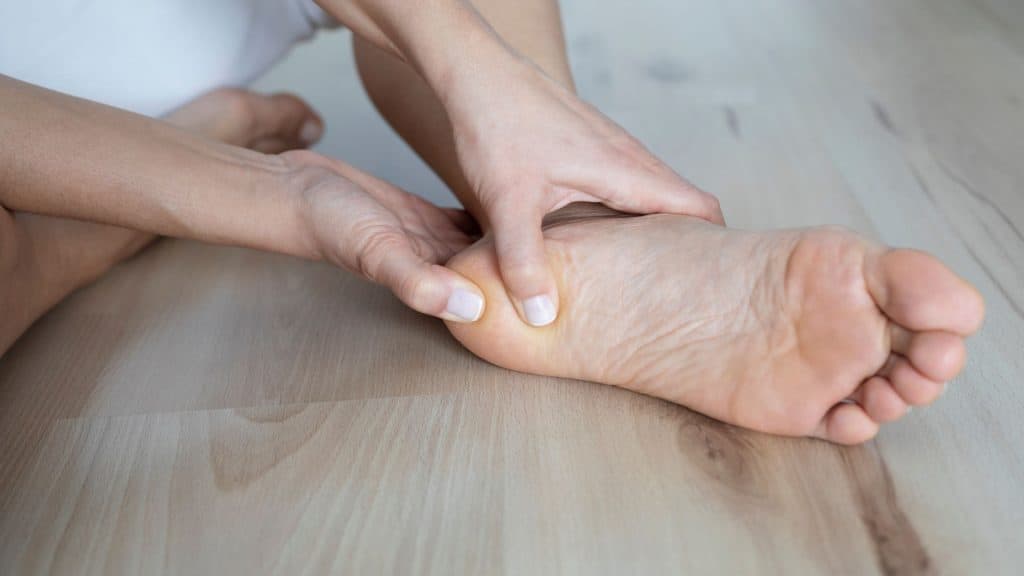
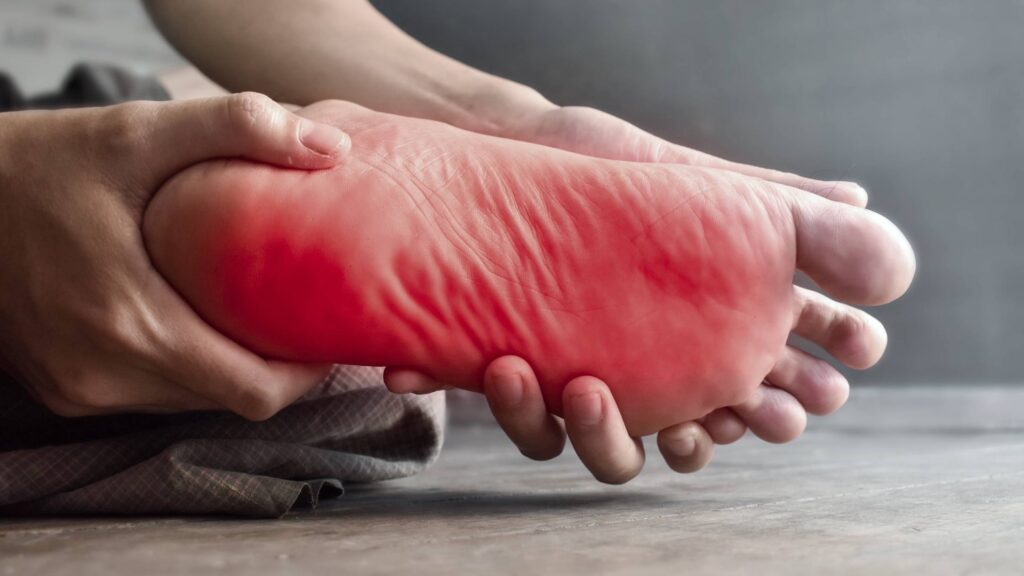
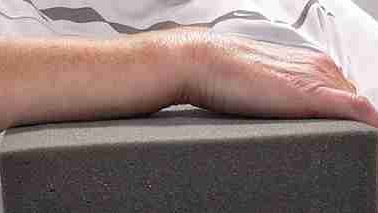
Pingback: How long will it take to heal a torn ligament? - Physiosunit
Pingback: Symptoms of a Torn ACL, What to do at Home - Physiosunit